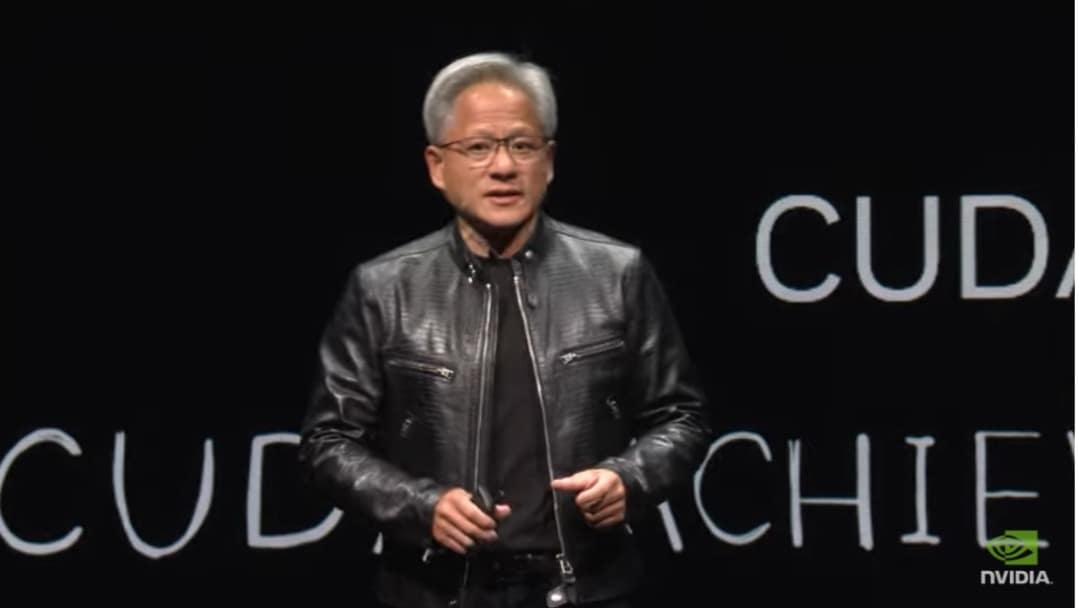Princeton, NJ, and Bengaluru, KA, July 11, 2024: Indegene today announced a strategic collaboration with Microsoft to empower global life sciences companies to scale up the adoption of purpose-built, enterprise-grade Generative AI (GenAI) services, thereby driving faster innovation at scale.
Indegene and Microsoft have committed to developing resources in highly specialized and skilled medical and technology tools to co-innovate generative AI services and workflows across commercial, medical, regulatory, and clinical functions.
“GenAI presents a once-in-a-decade opportunity for life sciences companies to modernize business processes and reimagine the effectiveness and efficiency of their operations throughout the value chain. Using GenAI, we’re closely working with many of our clients to solve specific business problems, with nearly 50 real-world use cases already in an advanced pilot stage”, said Tarun Mathur, CTO, Indegene. “As we double down on efforts to strengthen our innovation prowess, we will keep exploring opportunities for greater collaboration with key technology providers. We remain focused on helping our clients harness the potential of GenAI with targeted solutions to address some of their most pressing operational challenges and make their business future-ready.”
Alok Lall, Chief Operating Officer, Microsoft India & South Asia, said, “Generative AI is profoundly shaping every industry, including life sciences, by offering unprecedented avenues for healthcare technology advancements. According to a Microsoft-commissioned study conducted by IDCi, a staggering 79% of healthcare organizations have now embraced AI. This demonstrates that the tangible business value of this transformation is indisputable. By seamlessly integrating Indegene’s domain knowledge with Microsoft Azure OpenAI Service and Microsoft Copilot, we stand at the forefront of advancing generative AI within the life sciences sector. This collaborative effort empowers life sciences companies to fully harness AI’s capabilities, fostering innovation and scalability within the industry.”
Some of the key use cases the strategic collaboration focuses on in the first phase, include:
1.Content Super App: Using Azure OpenAI Service, the modular content value chain simplifies content creation and tagging for life sciences companies. This integrated approach offers a holistic view of the content value chain, enabling greater velocity, personalized content, and adoption of new conversation form factors. It also streamlines creative and video transformation while effectively engaging healthcare professionals (HCPs), patients and payers
2.Future-ready medical content value chain: Generative AI capabilities are revolutionizing the medical content value chain. From sourcing content from relevant literature articles to authoring core documents such as Clinical Study Reports (CSRs) and Protocols, Indegene’s solutions accelerate authoring processes and help ensure compliance across clinical and regulatory domains
3.Data Management and Analytics for Clinical Trials: Using Microsoft Fabric, Indegene’s solutions enhance the process of data ingestion and refinement, facilitate effortless reporting, and guarantee governance. This leads to proficient analytics, adherence to compliance, and nimbleness in business operations. It revolutionizes the way sales users work and provides a competitive advantage in the marketplace
Indegene counts 20 of the world’s top 20 biopharma companies among its clients. The company brings a practitioner’s perspective to enable organizations to become AI-powered companies. With patients and their health outcomes being the key, Indegene powers clients’ ambition with a practitioner’s expertise in leveraging GenAI, at scale. “With a focus on the right use cases, a responsible and compliant approach to scaling up, and shared learnings, we put generative AI to work for our clients”, added Tarun.
To develop a future-ready workforce, Indegene has also instituted the ‘GenAI @ Work’ initiative, where all its 5,000+ employees will be trained on various facets of GenAI to enhance automation and productivity, allowing its employees to focus on higher-value tasks. As part of this initiative, Indegene has deployed Microsoft Copilot in several of its core business processes and has already started seeing significant productivity improvements.
About Indegene
Indegene Limited (BSE: 544172, NSE: INDGN) is a digital-first, life sciences commercialization company. It helps biopharmaceutical, emerging biotech, and medical device companies develop products, get them to the market, and grow their impact through the life cycle in a more effective, efficient, and modern way. Indegene brings together healthcare domain expertise, fit-for-purpose technology, and an agile operating model to provide a diverse range of solutions. These aim to deliver, amongst other outcomes, a personalized, scalable, and omnichannel experience for patients and physicians. It’s what drives Indegene’s team and their purpose to enable healthcare organizations to be future-ready






